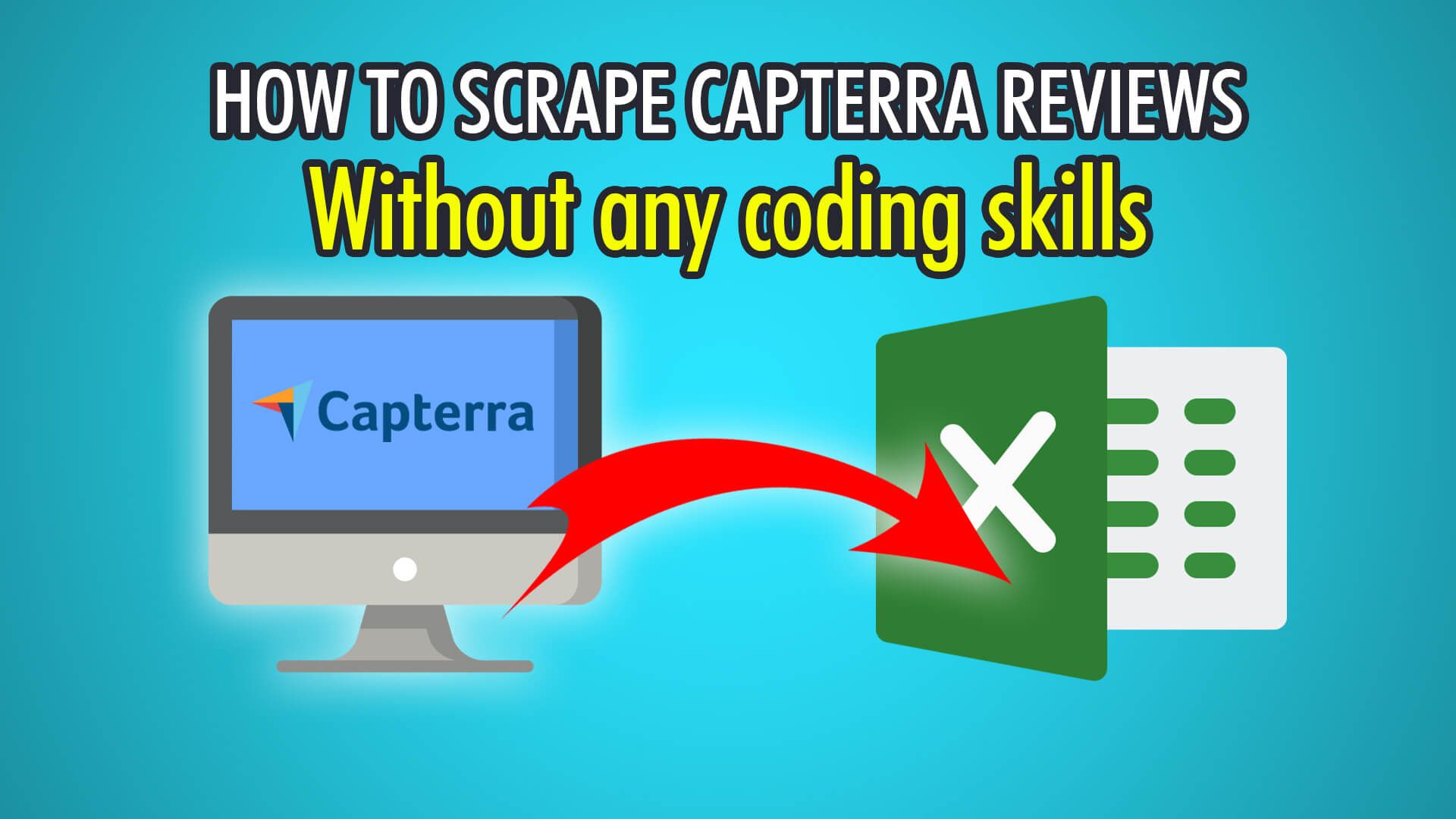In this guide, we will teach you how to scrape Capterra reviews, for free, in a few easy steps using ParseHub, our visual web scraper!
Capterra is the world’s largest software review and selection platform and has been helping businesses choose better software for over 15 years. Capterra hosts over a million verified reviews, and is 100% free to use. Since all the reviews and data are public, it is legal to scrape Capterra reviews and insights. Capterra has over 810 software categories for you to scrape from, has side-by-side comparisons and many more resources that can be useful for your business.
Ready to scrape Capterra? Let’s begin!
Step 1: Scraping Reviewers
- Begin by downloading and logging into the ParseHub application.
- Start your new project by pressing the “New Project” button.
- Enter the Capterra review URL you wish to scrape from, we will be scraping QuickBooks reviews for our example: https://www.capterra.ca/reviews/46497/quickbooks
- Scroll down till you see the first review, and click the reviewer’s name to extract it.
- The next reviewer should turn yellow, click their name to train the ParseHub algorithm.
- All 25 reviewers from the first page should be extracted, rename the selection to “reviewer” on the left.
Step 2: Scraping Additional Data
Now we need to scrape the relative data for each review, such as the rating and the comments, which is done with ParseHub’s Relative Select tool.
- Begin by clicking the PLUS(+) icon next to your “reviewer” selection and choose “Relative Select”.
- Click the first reviewer’s name again, and then their job role.
- Rename this selection on the left to “role”.
- Do another relative select on the “reviewer” selection, and click the reviewer’s name again.
- This time close the arrow on the title of their review, and rename the selection to “title”.
- Redo the relative selection again for their rating out of 5, and rename the selection to “rating”.
- Finally, do a final relative selection for their review comment, and rename it to “comment”.
- You can do more relative selections for other data such as the pros, cons and more.
Step 3: Scraping Multiple Pages (Pagination)
To parse through multiple pages, we need to use ParseHub’s pagination.
- Scroll all the way down the page until you see the page navigation bar.
- Click the PLUS(+) button next to your “page” selection and choose “Select”.
- Click the next arrow chevron, which should be an ‘A’ tag.
- Rename the selection on the left to “pagination”.
- Expand the selection and delete the two extractions.
- Now click the PLUS(+) button next to your “pagination” selection and choose “Click”.
- Choose “Yes” on the popup and enter the additional amount of pages you wish to scrape.
- We chose 1, which means 2 pages of data in total. If you leave it at 0, all pages will be scraped!
Step 4: Start Capterra Review Scraping
If you got this far, you have successfully extracted review names, roles, titles, ratings and comments. And you may have extracted other useful information using the Relative Select tool on ParseHub. Your pagination is also set up, therefore multiple pages will be scraped for you.
To begin scraping, click the green “Get Data” button on the left-hand side of ParseHub. You can choose to Test, Run or Schedule your scrape. In our example, we chose Run, to scrape the two pages a single time, as specified in the pagination step.
Here is what our data export looked like:
If you’re having trouble scraping reviews or other data, feel free to contact our live support.
We also have a tutorial on scraping product reviews.
Happy Scraping! 💻

